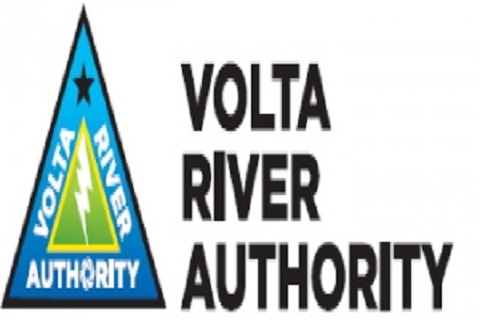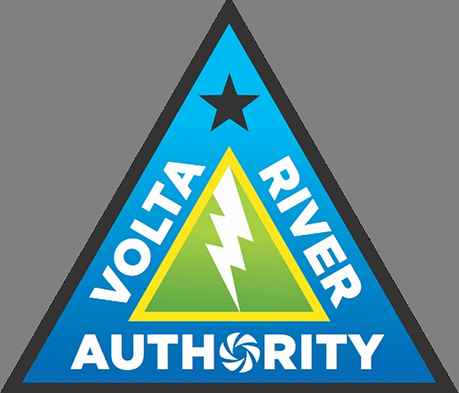
This was achieved through a shift from the use of liquid based fuels to natural gas, which is a more environmentally friendly fuel.
Mr. Samuel Lamptey, the Director of Technical Services, VRA, said this at the end of a three-day energy workshop for selected media professionals in Accra.
Organised by the Nuclear Power Ghana (NPG), in collaboration with the Ghana Journalists Association, as part of an underpinning agreement between the two bodies, the workshop sought to build the capacity of journalists to understand the nuclear sector better.
Mr. Lamptey said the decision was occasioned by the country’s commitment to reducing emissions as a party to the Paris Agreement, a legally binding international treaty mandating countries to reduce emission to limit global warming to below two, preferably 1.5 degrees Celsius.
The VRA, he said, took additional steps to aggressively deploy more renewable energy including solar, hydro, and wind energy projects as part of the country’s energy mix to supply power to industries and homes to reduce emissions.
Mr. Lamptey said already, the Authority had built a number of solar power plants including a 19.5 Megawatt (MW) solar power plant at Kaleo/Lawra in the Upper West Region and 2.5MW in Navorongo, Upper East Region.
Other projects including the second phase of the 14 MW solar power plant at Lawra and Kaleo, Pawlugu’s 50 MW Multipurpose Dam, 60MW Bongo Solar Power, 75 MW Wind and 50MW floating projects were on-going, he said.
The construction and operationalising of the first one gigawatt nuclear plant in 2030 would further cut the emission in the sector, Mr. Lamptey said.
The coming on stream of the nuclear plant would help Ghana achieve its goal in the updated Nationally Determined Contributions to ensure absolute greenhouse gas emission reductions of 64 million tonnes of carbon dioxide-equivalent.
Mr. George Dzotepe, the Manager, Project Development Department of NPG, making a case for the need of nuclear, said renewables such as hydro, solar and wind were weather dependent, hence the need for a nuclear power that offered stable, cheap and reliable electricity.
“Nuclear power plants are designed to operate continuously for a long period of time before refuelling - typically 18 months to 24 months. Uranium fuel supply and costs rarely fluctuate unpredictably, and the supply of uranium is extensive around the globe”. Read Full Story
























Facebook
Twitter
Pinterest
Instagram
Google+
YouTube
LinkedIn
RSS